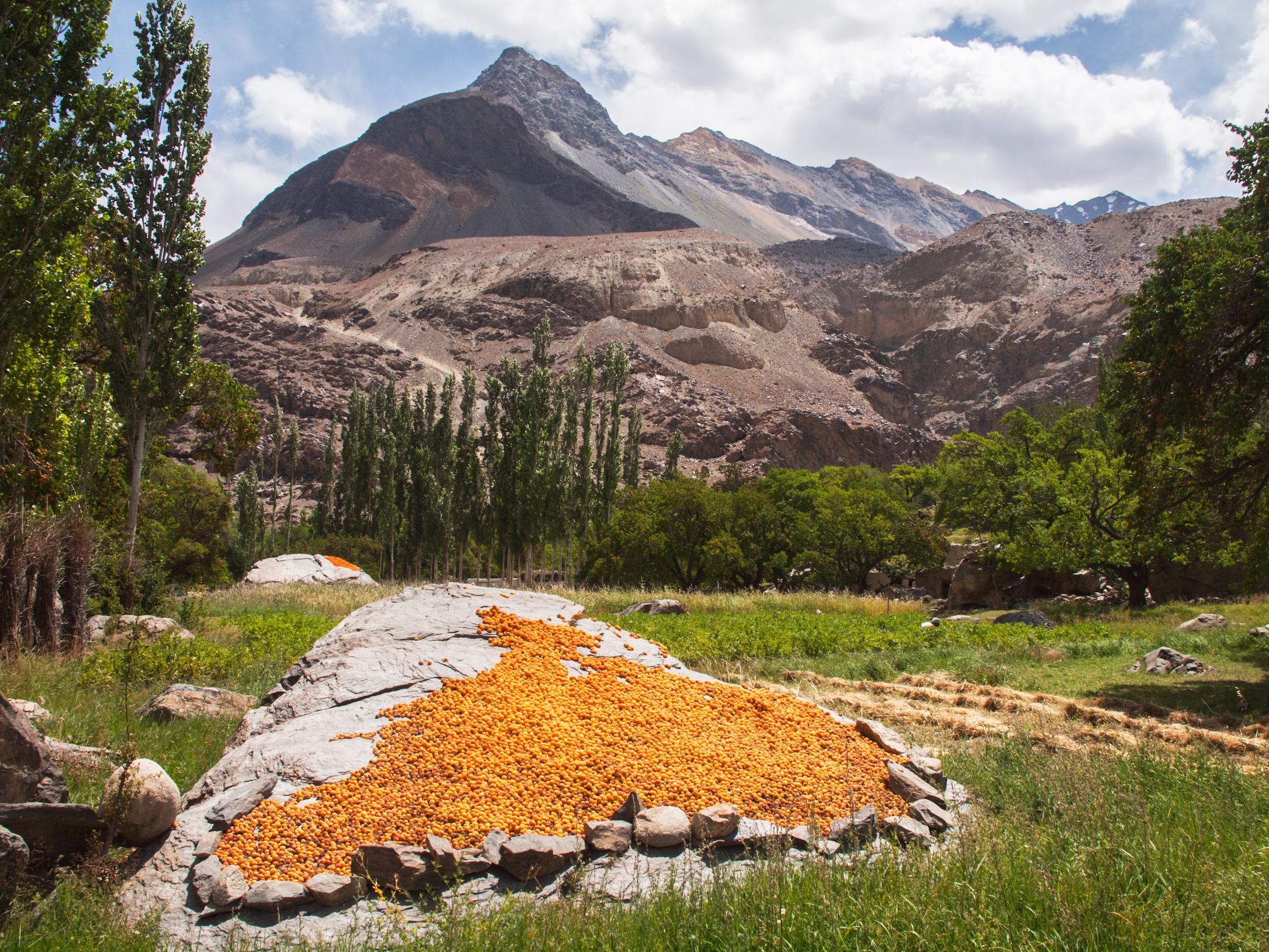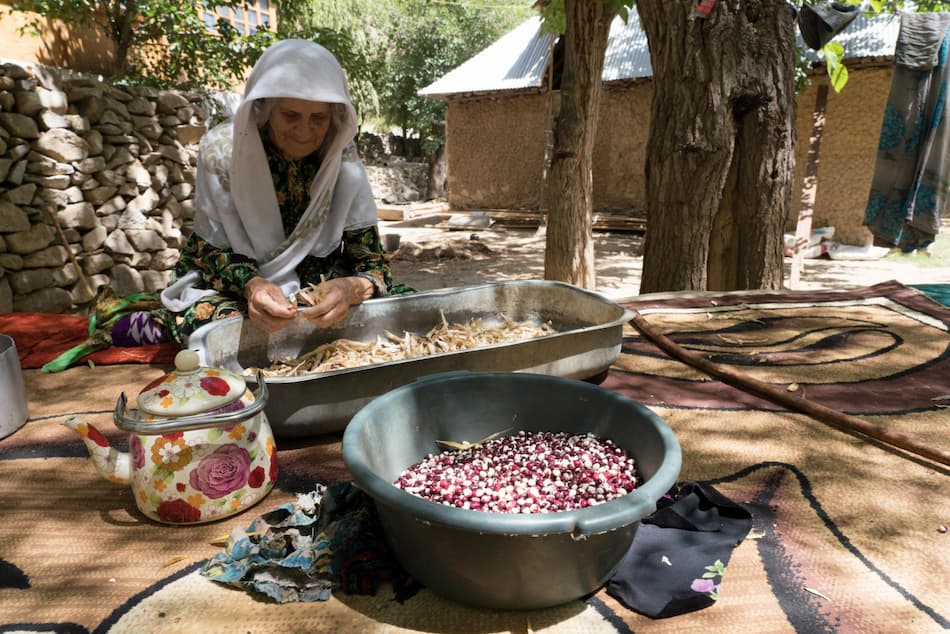Mountain ecosystems provide up to 85 percent of all the water humans need…
not to mention other species, and globally, glaciers contain 69 percent of all the freshwater on the planet. Glaciers also cool the air in the mountain basins where they reside, and the cold water downstream has an impact on shrubs and other species. Without this cold water, species that haven’t been able to adapt to warmer temperatures will be negatively affected. In their immediate vicinity, glaciers mitigate warmer temperatures resulting from the climate crisis, keeping these areas habitable and survivable for plant and animal species who live there.
So what happens within and around the Pamir Mountains directly affects global atmospheric patterns, in addition to the fact that more than two billion people across Asia rely on water from this region for irrigation, power and their economy.
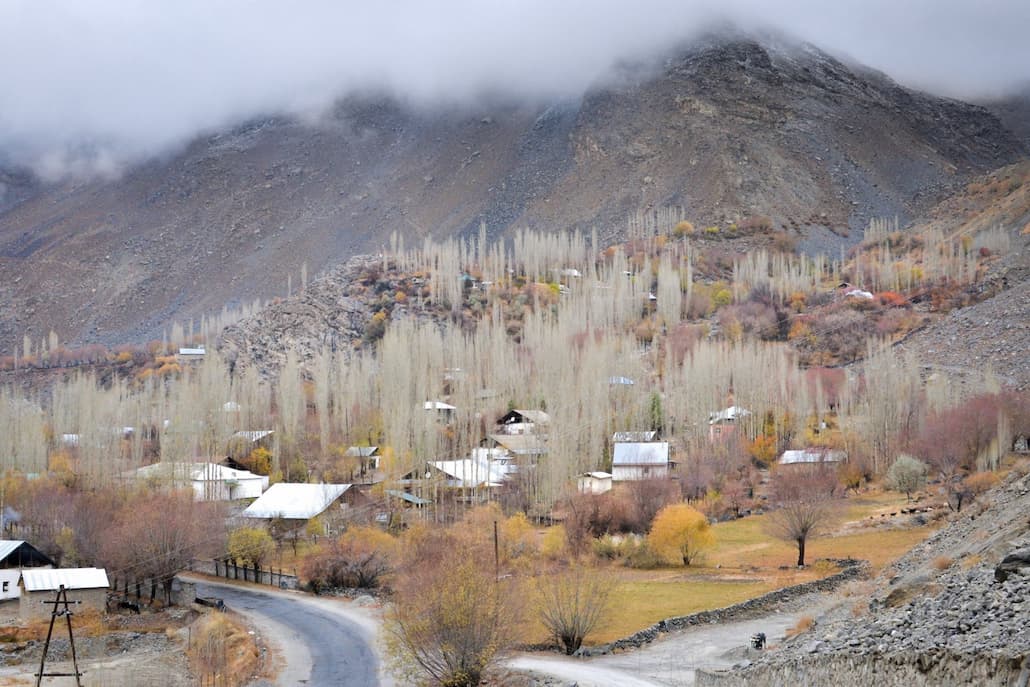
Like everywhere, temperatures are rising in the Pamirs. Over the last 65 years, the average temperature in the mountains has increased by nearly 1C and is expected to rise by 2C within 30 years. Environmental changes are causing the glaciers to recede dramatically, which means less sunlight being reflected and more heat being absorbed by the darker rock underneath, exacerbating planetary heating. Over the last 60 years glaciers in the Pamirs have lost one-third of their area and one-fifth of their mass, which means far less water for farmers. This, along with warmer temperatures, has caused drier winters and wetter summers, increasing droughts and floods, causing more mudslides, soil erosion and loss of farmland along the rivers where most of the arable land is located. Livestock is the main source of income for local people, but degraded pastures and prolonged droughts are making keeping livestock increasingly difficult.
Reduced productivity from these arable lands has made it increasingly difficult for families to maintain food security from their own production, as the number of lean farming seasons is increasing. Furthermore, reduced water in the rivers reduces hydro-electric capacity, causing people to cut down trees to heat homes and cook food, so deforestation, soil degradation, and erosion in forested areas is spreading.
The third pole is now both a victim and contributor to environmental degradation, leaving the primary water source and biodiversity of the region under threat. As more than two billion people begin to lose their primary source of water, power, and economy, they will become climate refugees who must move to other areas for their survival. Given that environmental degradation is global, areas where they move will already be food and water stressed as well, in addition to likely lacking adequate housing and employment, not even to speak of the devastating impacts this will have on cultures.
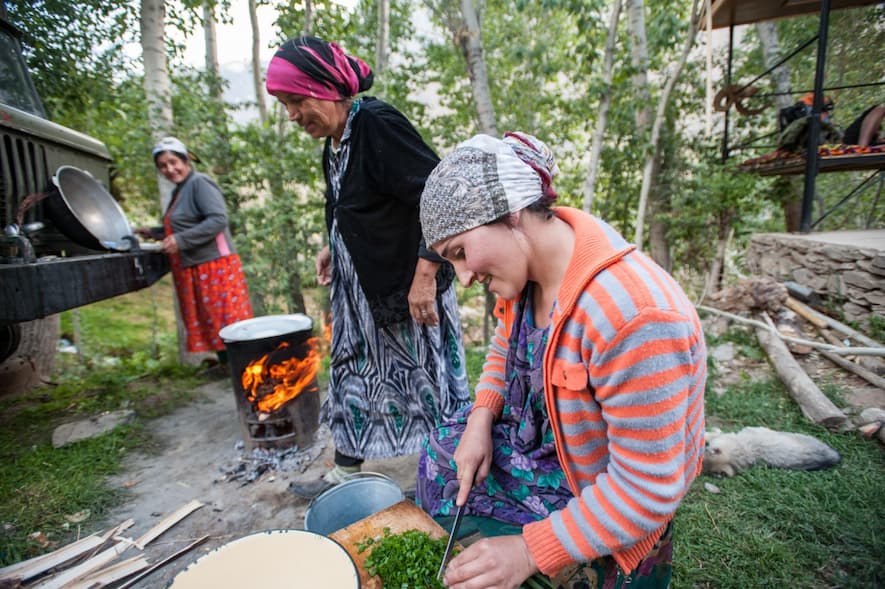
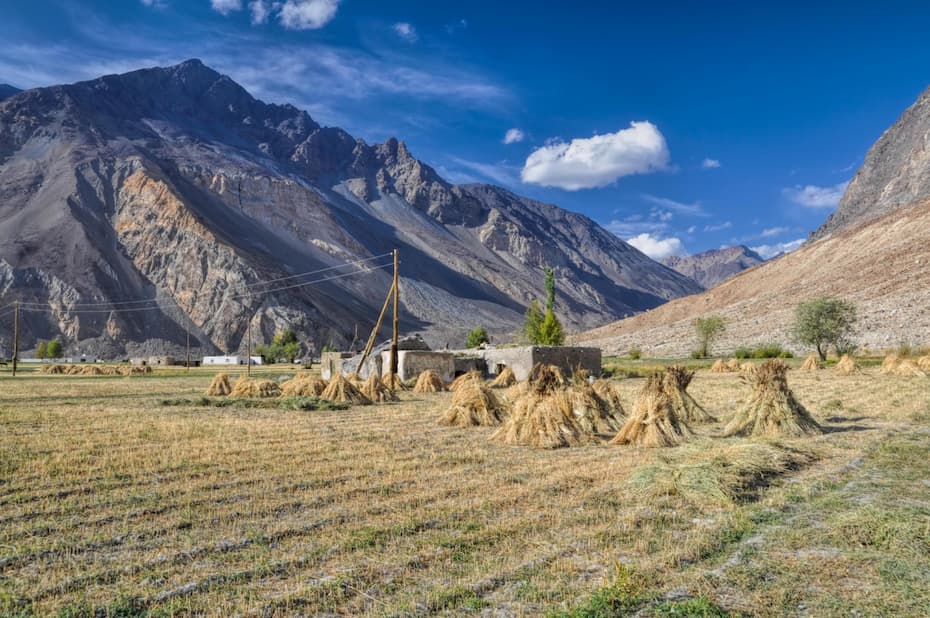
Fortunately, the Pamiri have always been living the solutions.
Agricultural programs enacted during the USSR’s control of the area set the stage for these climate impacts to be exacerbated. Deforestation was widespread, and the Pamiri were forced to plant crops not suited for the region. These have worsened glacial melting, which is causing unpredictable flooding of rivers that destroy orchards and crops. Their melting has caused inconsistent water runoff, leading to the destruction of riverbanks and traditional water flows and affecting access to clean water for everyone downstream. Increasing droughts are also negatively affecting native crops and biodiversity.
At the same time, the Pamirs are home to thousands of medicinal plants and herbs that are unique to the area, as well as this being critically important habitat of snow leopards and wolves.
The Pamiri’s traditional farming practices are regenerative by definition, so this is bringing back medicinal plants and traditional strains of legumes, grains, and other foods. Their practices naturally support biodiversity, as these crops grow within and regenerate the thin, rocky soil common in a country that is 97% mountainous.
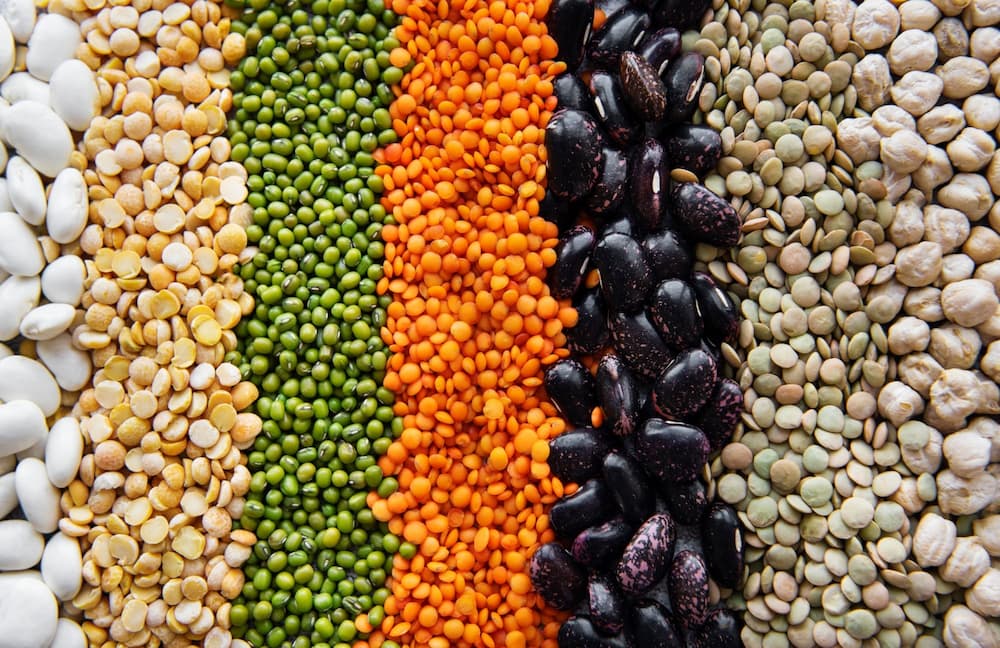
And when this work is done along riverbanks, the Pamiri are fortifying the rivers against increasing meltwater from the glaciers upstream.
In light of these evolving challenges, Home Planet Fund sees this as a critically important opportunity to support the regenerative practices of Pamiri farmers. Their practices naturally mitigate the climate crisis by helping preserve the “third pole,” rehabilitate soil, land and biodiversity, all while their knowledge base continues to be passed to future generations.
We are supporting local communities in their planting of traditional crops, preserving and sharing ancient seeds, strengthening their biodiversity and cultural heritage, and documenting Indigenous knowledge that has served their ancestors since time immemorial. All of this is happening across ten elevation levels to ensure localization, which has outsized mitigation impact on the climate crisis.
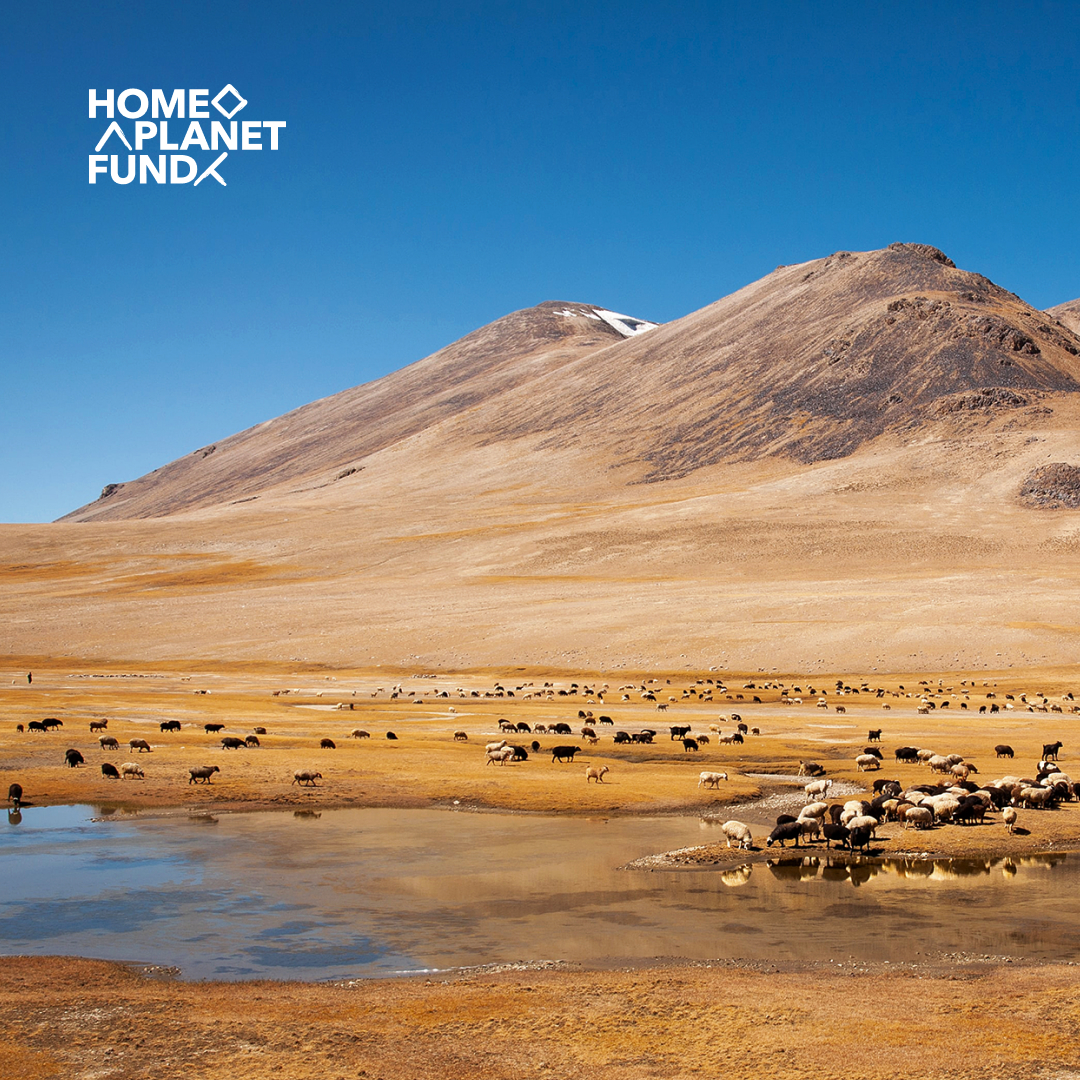
Ongoing Positive Impact
Our partners have created 10 seed banks in as many communities that benefit 1,500 farmers across the region.
These seed banks are populated largely with local varieties of wheat, legumes, and vegetables. Wheat seeds play a vital role in preserving adapted local varieties of wheat, which are crucial for maintaining consistent yields. Often referred to as heritage seeds, and the “keepers of traditional knowledge,” they safeguard the local seed gene pool, ensuring the resilience and sustainability of these crops.
Research by scientists at the Pamir Biological Institute (PBI) indicates that these heritage seeds not only produce better yields but are also more resilient and well-adapted to the harsh climatic conditions of the region. This ensures feed security, preserves biodiversity, and maintains traditional agricultural practices.
In collaboration with PBI, our partners are establishing a heritage wheat park in the Biocultural Heritage Territory (BHT) where they live. The park is showcasing the wide diversity of wheat cultivated in the region, including seeds from community seed banks and other research institutes across Tajikistan.
Farmers across the country, thanks to the work of our partners, are now able to obtain an accredited license from Tajikistan’s Ministry of Education and Science. With this, they are then free to conduct any kind of capacity building training and campaigns in agriculture, along with natural resources and environmental management. This project promotes the concept of sustainable agricultural practices within the BHT and ensures they will be integrated into the country’s institutional strategy and curriculum.
All of this ensures that traditional farming practices and knowledge, heritage seeds, biodiversity protection, and food security are carried forward for generations to come.
